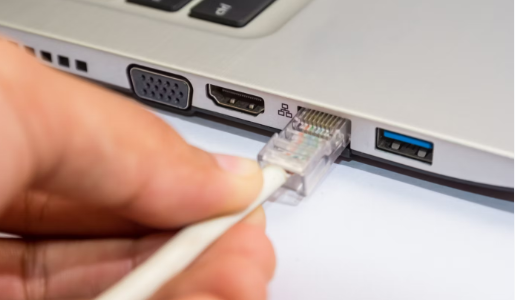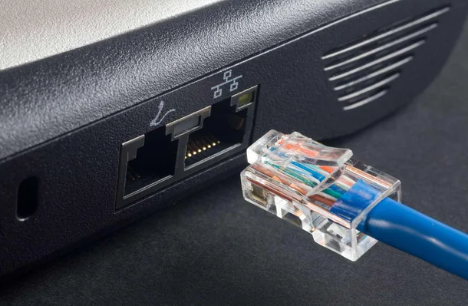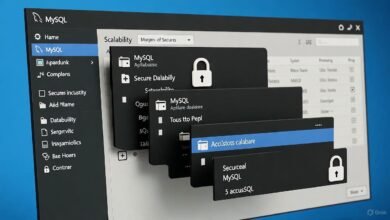
Tips for Using the LAN Port in the Laptop for Internet
While Wi-Fi is the go-to choice for most people, using the LAN port in your laptop can provide faster speeds and a more stable connection. So the LAN port in the laptop is a valuable feature for those who need consistent performance, such as gamers, remote workers, or anyone streaming HD content. However, to fully benefit from a wired connection, there are a few best practices to follow. Here’s a guide to using your LAN port effectively to maximize internet performance.
Best Practices for Using the LAN Port in a Laptop
To help you get the best out of your LAN port, please follow these tips to ensure a smooth and efficient internet experience.
1. Choose the Right Ethernet Cable
The type of Ethernet cable you use plays a crucial role in your network’s performance. Look for cables labeled as Cat5e, Cat6, or higher, as these are designed to handle faster speeds and reduce interference. Using an outdated cable, such as Cat5, may limit your internet speed and not allow you to take full advantage of the LAN port in your laptop. Ensure that the cable is long enough to reach your router without creating a tangled mess.
2. Check the Network Settings for Proper Configuration
Once you connect your laptop to the LAN port, it’s essential to check your network settings to ensure the connection is correctly configured. Go to your laptop’s network settings and select the LAN or Ethernet option to verify that the connection is active. If your laptop still defaults to Wi-Fi, disable the Wi-Fi connection temporarily to prioritize the LAN port and avoid conflicts between the two connections.
3. Use the LAN Port for Activities Requiring High Bandwidth
The LAN port in a laptop is ideal for activities that demand a stable and high-speed internet connection, such as online gaming, video conferencing, or large file downloads. Whenever you’re engaged in these activities, switch to a wired connection instead of relying on Wi-Fi. The direct connection reduces latency, minimizes packet loss, and ensures a smoother experience for bandwidth-heavy applications.

4. Keep Your Router and LAN Port Clean
Dust and debris can build up over time, affecting the performance of your LAN port and the router itself. Make sure to regularly clean both the port on your laptop and the Ethernet ports on your router. Use a soft brush or compressed air to gently remove dust, ensuring a solid connection between the Ethernet cable and the LAN port in the laptop.
5. Enable Quality of Service (QoS) Settings on Your Router
Many modern routers come equipped with Quality of Service (QoS) settings that prioritize network traffic. If you’re using the LAN port in your laptop for specific activities like video streaming or VoIP calls, enable QoS to allocate more bandwidth to these tasks. This ensures a smoother experience, even if other devices on the network are using a significant amount of bandwidth.
6. Update Network Drivers and Firmware
To maintain optimal performance, keep your laptop’s network drivers and router firmware up-to-date. Outdated drivers can cause compatibility issues or slow down your connection. Visit your laptop manufacturer’s website to download the latest drivers for your LAN port. Likewise, check your router’s settings to see if a firmware update is available, as these updates often include performance enhancements and security patches.
7. Secure Your Network
While using the LAN port can enhance speed and stability, it’s essential to secure your network to prevent unauthorized access. Make sure your router is using a strong password, enable firewall settings, and consider using network monitoring tools to track any unusual activity. A secure network ensures that your LAN connection remains fast and reliable.
Conclusion
Using the lan port in laptop offers several advantages, including faster speeds and improved stability. By following these tips, you can maximize your LAN port’s potential and enjoy a seamless internet experience. So switch to a wired connection whenever possible to boost productivity and eliminate Wi-Fi-related disruptions.




